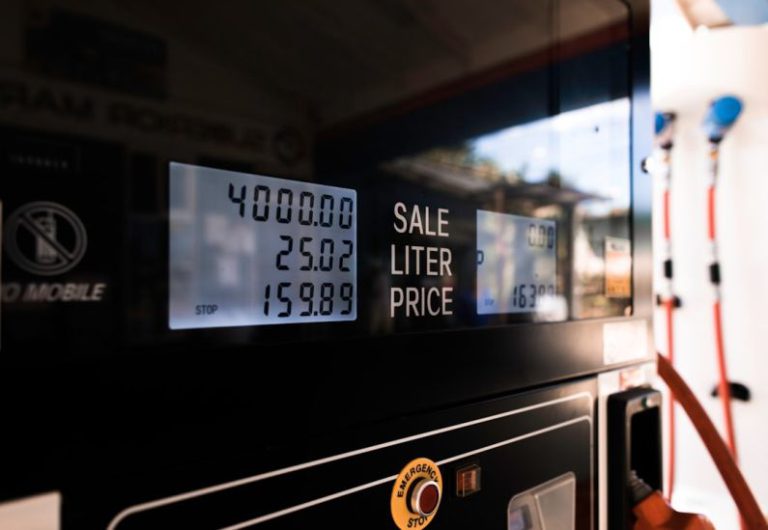What Are Winter Driving Tips for Safety and Performance?
As winter approaches, it is essential for drivers to be prepared for the challenges that cold weather and hazardous road conditions can bring. Driving in winter can be treacherous, with snow, ice, and low visibility posing significant risks to safety and vehicle performance. To navigate through these conditions safely, it is crucial to implement a set of winter driving tips that prioritize both safety and performance on the road.
Prepare Your Vehicle for Winter Conditions
Before the winter season sets in, it is important to prepare your vehicle for the challenges that cold weather may present. Start by ensuring that your tires are in good condition and properly inflated. Winter tires are recommended for improved traction on snow and ice. Additionally, make sure your vehicle’s battery, lights, brakes, and wipers are all in good working order to handle the demands of winter driving.
Drive Cautiously and Adjust Your Speed
One of the key winter driving tips for safety and performance is to adjust your driving behavior to suit the road conditions. Reduce your speed and increase your following distance to allow for more time to react to unexpected situations. Accelerate and decelerate gradually to avoid skidding on icy roads, and be mindful of black ice, which can be difficult to spot but is extremely slippery.
Use Your Vehicle’s Features Wisely
Modern vehicles are equipped with a range of features designed to enhance safety and performance in winter conditions. Utilize your vehicle’s traction control system, anti-lock brakes, and stability control to help maintain control on slippery surfaces. If your vehicle is equipped with four-wheel drive or all-wheel drive, be sure to engage these features when driving in snow or ice for improved traction.
Clear Snow and Ice from Your Vehicle
Before hitting the road in winter, take the time to clear any snow or ice from your vehicle’s windows, lights, and mirrors. This not only improves visibility for you as the driver but also ensures that other drivers can see your vehicle clearly. Remove any snow or ice from the roof of your vehicle to prevent it from sliding onto the windshield or rear window while driving.
Pack an Emergency Kit
In case of an emergency or breakdown during winter driving, it is essential to have an emergency kit on hand. Include items such as a blanket, flashlight, extra clothing, non-perishable food, water, a first aid kit, and a portable phone charger in your emergency kit. Having these items readily available can help you stay safe and comfortable while waiting for assistance.
Stay Informed and Plan Your Route
Before embarking on a winter drive, check the weather forecast and road conditions along your route. Plan your journey accordingly, allowing for extra time in case of delays due to weather or traffic. Stay informed about any road closures or advisories and consider alternative routes if necessary to avoid hazardous conditions.
Conclusion: Stay Safe and Prepared for Winter Driving
In conclusion, driving in winter requires a combination of caution, preparedness, and adaptability to ensure safety and performance on the road. By following these winter driving tips, you can navigate through snow, ice, and low visibility with confidence. Remember to prepare your vehicle, adjust your driving behavior, utilize your vehicle’s features wisely, clear snow and ice from your vehicle, pack an emergency kit, and stay informed about road conditions. With these strategies in mind, you can stay safe and prepared for winter driving challenges.






